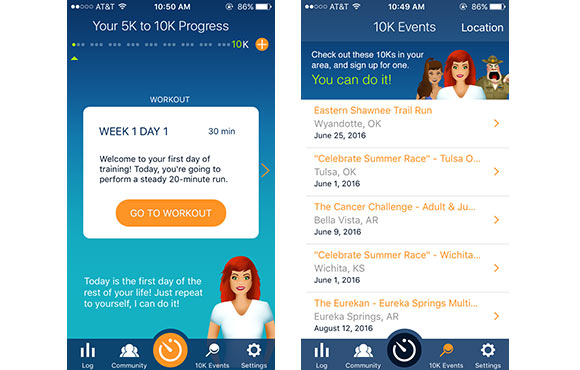
On average, easy runs are between 3 and 5 miles long, while long runs consist of 25–30% of your total weekly mileage.Įxample If your weekly mileage is 30 miles, then your long run shouldn’t be longer than 9 miles.

On the other hand, long runs take 1–3 hours on average, depending on the race you are preparing for, the part of your training cycle, and your training experience. Generally speaking, if an easy run is a part of warm-up or cooldown, it takes around 10–15 minutes, and if you do an easy run as a separate workout it takes around 30 minutes. Read more: The Purpose of the Long Run (21 Long Run Benefits) 2. Likewise, they help you develop the ability to burn fat for fuel, develop your self-confidence, and mentally prepare you for a race. They are meant for increasing your aerobic capabilities, improving your endurance and fatigue resistance, through the development of mitochondria and capillaries which results in more oxygen being brought to your muscles. On the other hand, long runs are their own type of training. You can do easy runs more often and longer without increasing the risk of injury or the appearance of overtraining. By building endurance and aerobic capacity, you become a more efficient and better runner. Easy runs will help you recover while keeping you active.įurthermore, they are an ideal opportunity to adopt and improve your running technique.Įasy runs cause a lot less stress on the body than long runs, while still helping you increase your total weekly mileage, leading to an improvement in your aerobic capabilities. Likewise, you might occasionally feel overwhelmed by training, feeling mentally and physically exhausted. Due to that, you recover faster and are better prepared for the next workout. Read more: Warm-up Before Running (Ultimate Guide)Įasy runs improve your circulation. Easy runs can also be used as a recovery run, a completely separate training. Purpose of trainingĮasy runs are used as a form of warm-up before training or as a form of cooldown after training.

Easy runs are used as warm-up and cooldown after training, while long runs develop your aerobic capabilities, as well as mentally prepare you for the exertion of a race.īelow I will explain in detail the 5 main differences between easy runs and long runs. What are the main differences between easy runs and long runs? The main differences between easy runs and long runs are their purpose, duration, distance, pace, and frequency. In this article, you will find out what are the main differences between easy runs and long runs. You will usually find both of these training types in every runner’s training plan. However, these are two specific, different training types.

Runners often use the terms easy runs and long runs interchangeably.


 0 kommentar(er)
0 kommentar(er)
